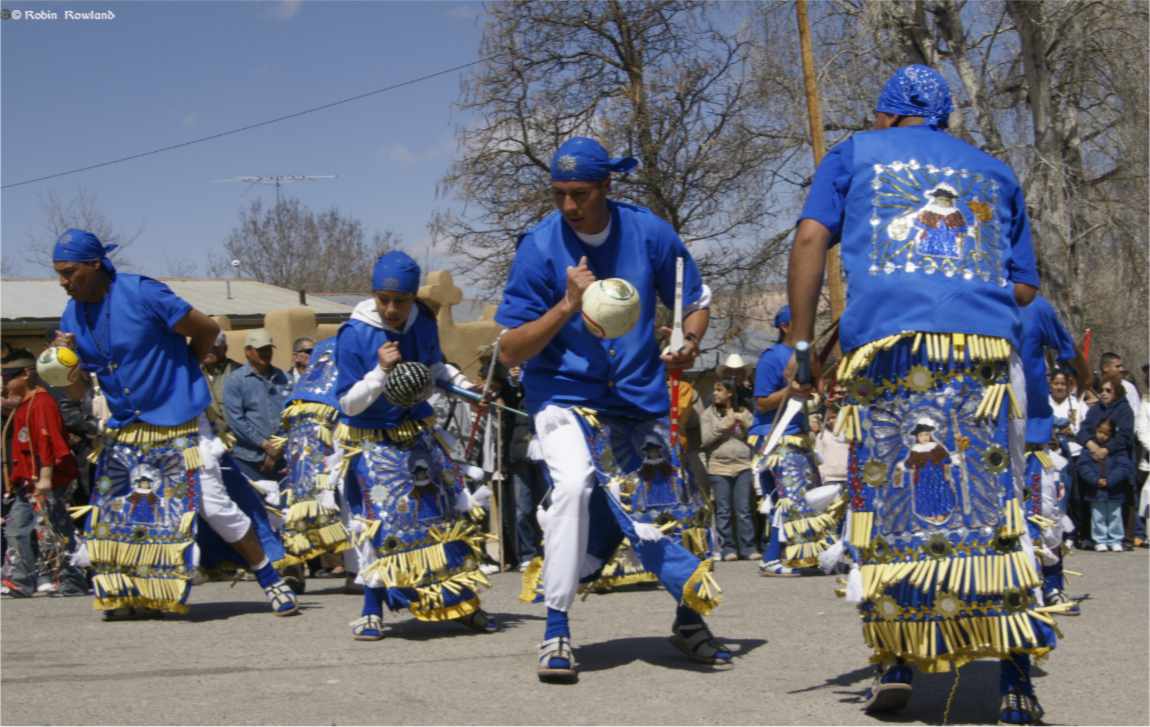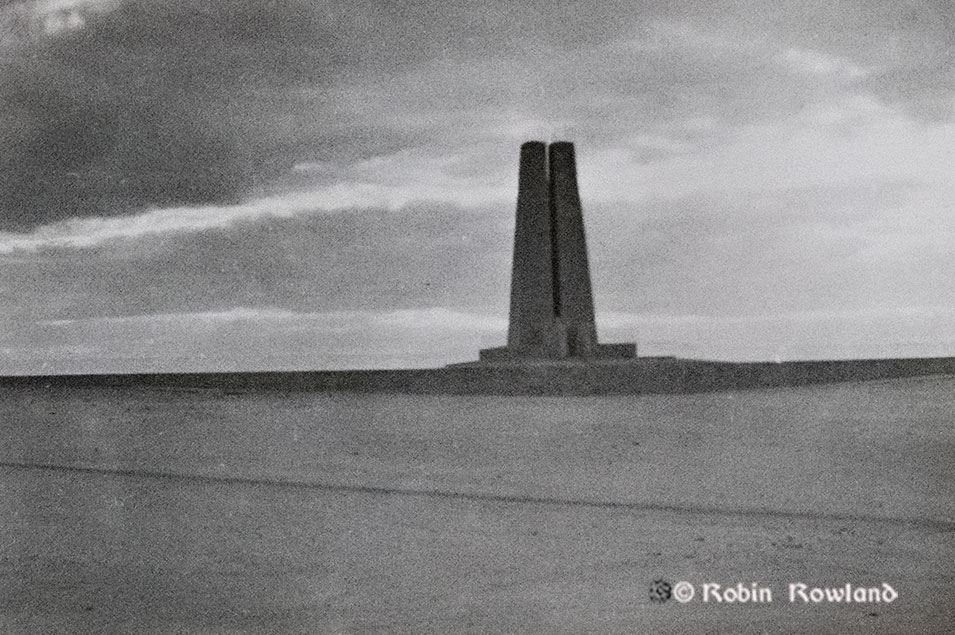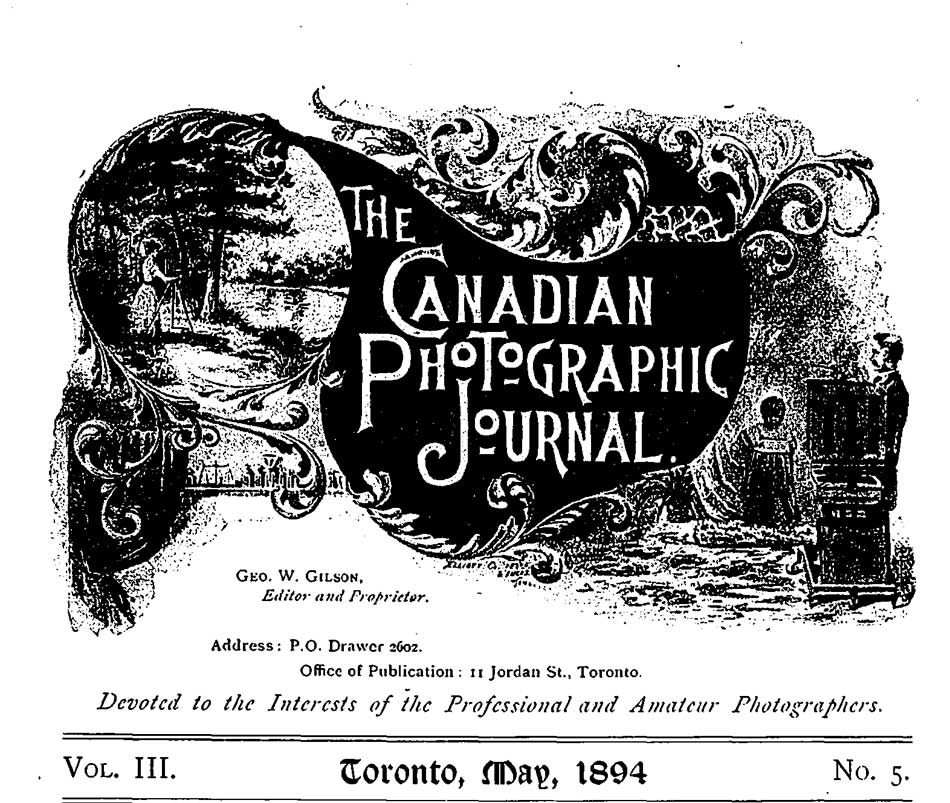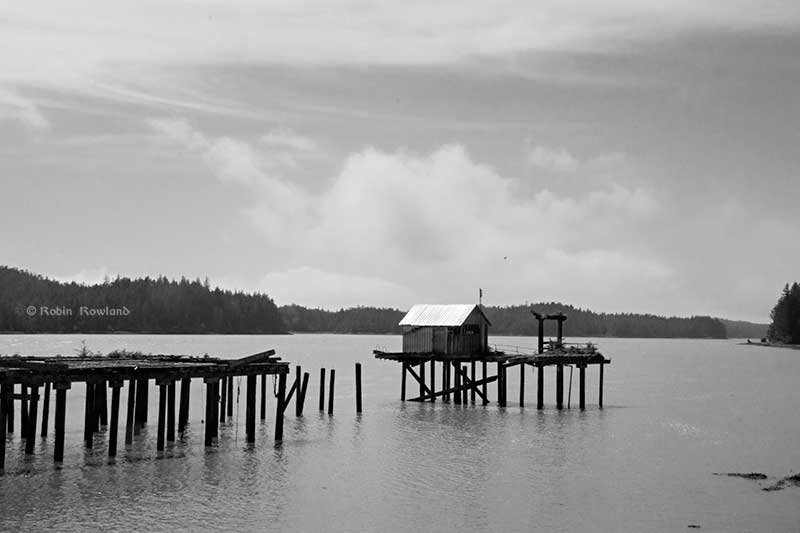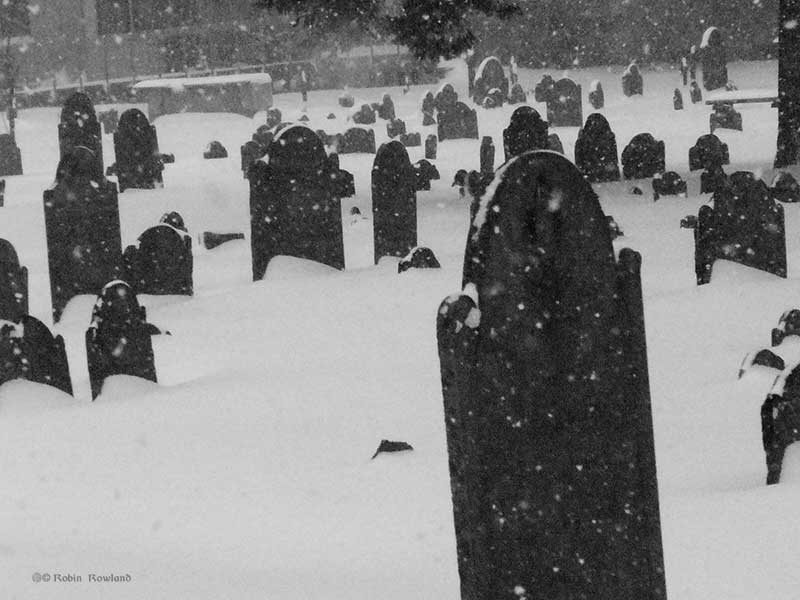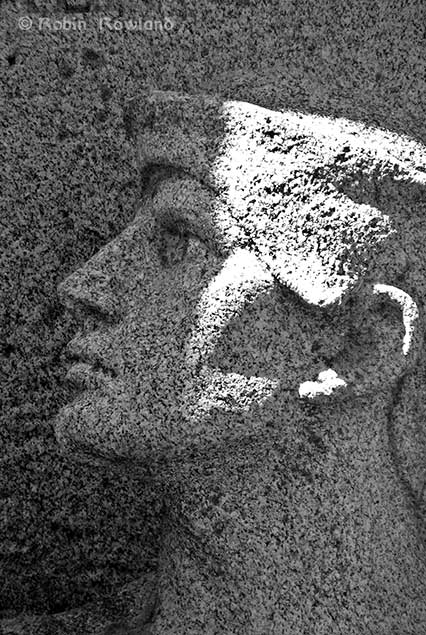Easter Sunday at El Santuario de Chimayó
The El Santuario de Chimayó in Chimayo, New Mexico, is a sacred piligrimmage site considered one of the most important Catholic shrines in the United States, sometimes called the “Lourdes of the Americas,” since dirt at the sanctuary has a reputation for healing. It is a National Historic Landmark in the United States, part of […]
